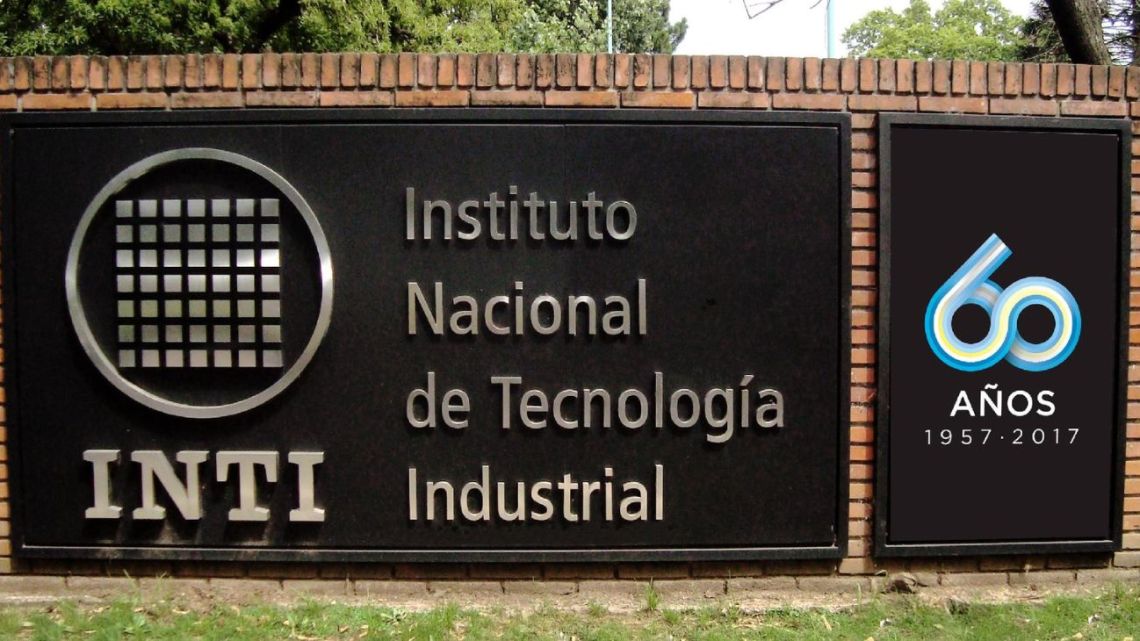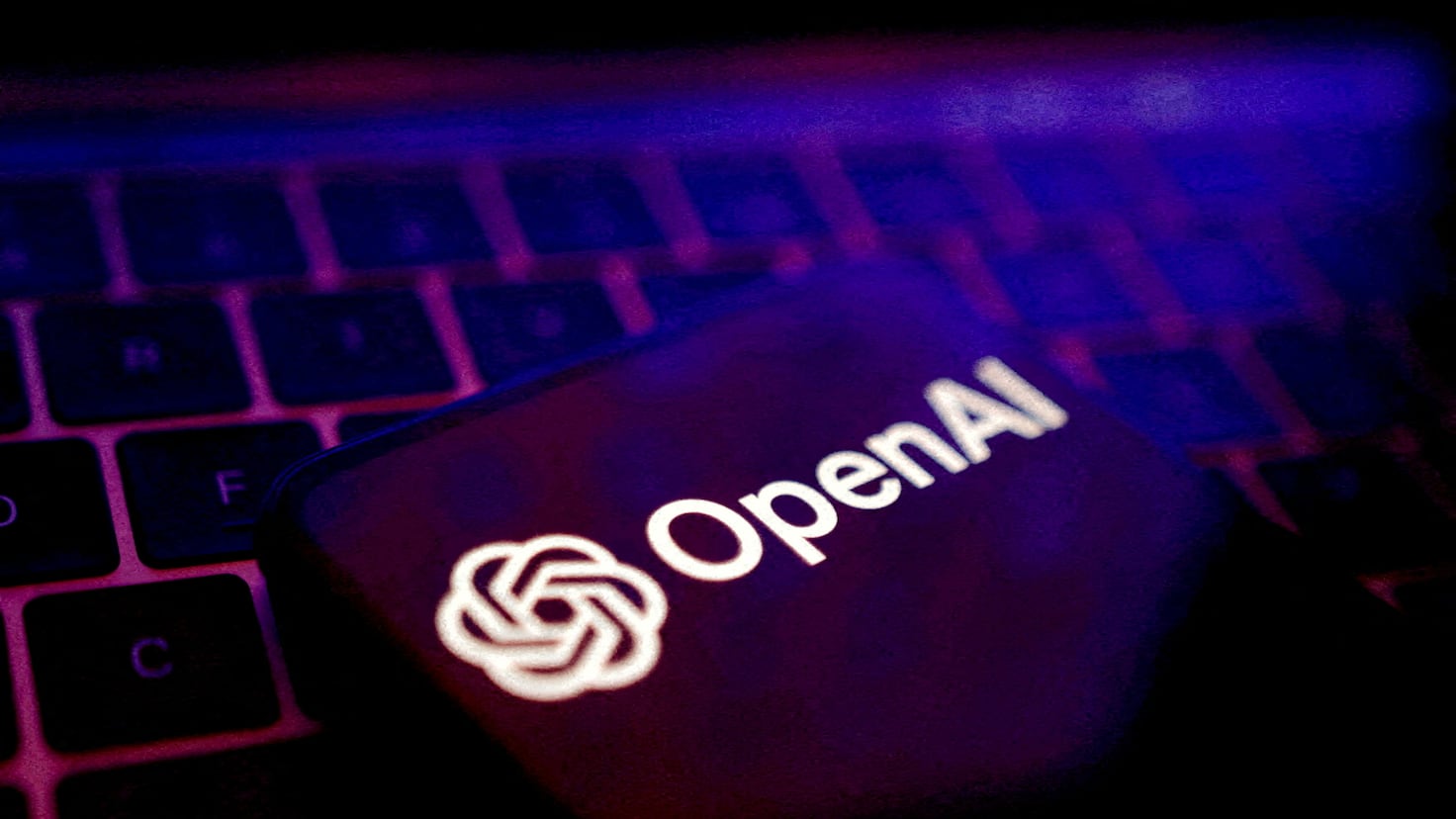Neuralink Setback: Early User Experiences Complications, Raising Questions About Brain-Computer Interface Technology

The groundbreaking Neuralink chip, championed by Elon Musk, has faced its first significant challenge. Noland Arbaugh, the first human recipient of the implant, experienced complications just over a month after the procedure. Reports indicate that approximately 85% of the electrodes connected to his skull detached, resulting in a diminished ability to control devices with his thoughts – a core function of the Neuralink system.
Arbaugh, a 32-year-old man with quadriplegia, volunteered for the Neuralink trial with hopes of regaining some degree of control over his life. Initial reports were encouraging, showcasing his ability to play online games like Civilization VI using only his mind. This progress fueled excitement and anticipation for the potential of brain-computer interfaces (BCIs) to revolutionize treatment for paralysis and other neurological conditions.
However, the recent setback has prompted a critical examination of the technology's current state and the challenges of integrating electronics with the human brain. While Neuralink maintains that the issue wasn't directly attributable to the chip itself, the significant electrode detachment raises concerns about biocompatibility, surgical precision, and the long-term durability of the implants.
What Happened? According to Neuralink, the detachment was likely due to the body's natural response to the implanted device, specifically the formation of scar tissue. This tissue can encapsulate the electrodes, preventing them from effectively registering brain signals. While the company anticipated some level of tissue response, the extent of the detachment in Arbaugh's case was unexpected.
Implications for Neuralink and BCI Technology: This incident doesn't necessarily signify a complete failure for Neuralink or the broader field of BCIs. It serves as a crucial learning opportunity, highlighting areas for improvement in device design, surgical techniques, and post-operative care. Neuralink has stated that they are actively working on solutions to mitigate tissue response, including exploring different electrode materials and surgical approaches.
The Future of Brain-Computer Interfaces: Despite this setback, the potential of BCIs remains immense. From restoring motor function to treating neurological disorders and even enhancing human capabilities, the field holds transformative promise. However, it's clear that significant hurdles remain before BCIs can become a widespread and reliable technology. The Arbaugh case underscores the importance of rigorous testing, ongoing research, and a cautious approach to human trials.
Moving Forward: Neuralink is now focused on analyzing the data from Arbaugh’s experience to better understand the factors contributing to the electrode detachment. They are committed to refining their technology and ensuring the safety and efficacy of future implants. The company’s transparency regarding this complication is commendable and demonstrates a dedication to responsible innovation in the rapidly evolving field of neurotechnology.






